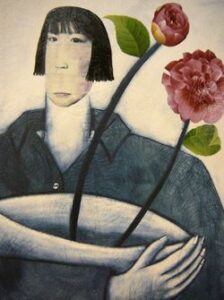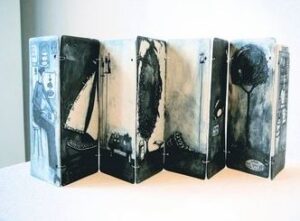published 19/04/2012
The Society of Cork Potters would like to thank D.B.I Pottery supplies, for their support with this workshop.

We were delighted to welcome Wendy Kershaw as our visiting lecturer/demonstrator who gave a hands-on workshop on different surface decorating techniques. During this 2 day workshop, participants watched Wendy work through a copious amount of techniques. They then made their own pieces using the techniques demonstrated. Wendy also gave a talk and slide shows of her work and visits to Jingdezhen, China.

The workshop took place on Saturday 9th and Sunday 10th June 2012
Places were filled with both members and non members of the socitey.
A great weekend was had by all… thanks Wendy!

About the Demonstrator

After destroying some of her father’s roses by digging up clay to make things as a child, Scottish ceramicist Wendy Kershaw went on to graduate with first class honours from Gray’s School of Art, Aberdeen, followed by a Masters degree at Cardiff. Her ceramic practice has continued over twenty-five years, as artist in residence in schools, further education lecturer and ceramics technician at The Glasgow School of Art.

Kershaw was invited to three residencies in China, in the historic porcelain capital of Jingdezhen, Shanghai, and as part of the UK delegation to the FuLe International Ceramic Art Museums. These rich cultural experiences helped move her work in new directions, with the inclusion of decals and glaze. Her work is part of the permanent collection at Jingdezhen and FLICAM ceramic museums.
She uses porcelain to illustrate an intimate world in which small acts of everyday life are imbued with importance. A sensitive balance of bold composition and subtle detail results in a rich narrative that is both weighty and humorous. Past work has playfully interpreted folk sayings and proverbs, and recent work deals with anticipated small joys, often the joy of pudding.
Constructed from porcelain slabs, forms include framed panels, books with moveable pages and folding screens. The intricate illustrations are etched with fine sewing needles onto the raw clay. Underglaze stains are washed on, erased and built up, and after high firing a layering of decals and enamels are applied and fired on.
